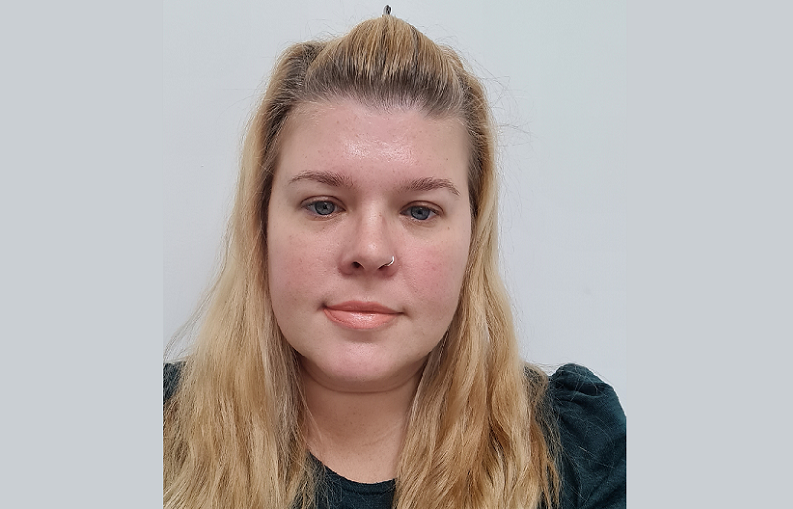
Developmental Language Disorder is a persistent language difficulty, which significantly impacts children’s everyday interactions and their educational progress. DLD is much more common than most people would expect and affects 1 in 14 children. This means that in any classroom there will typically be two children who have DLD. It is also 5 times more prevalent than autism, although it is possible to have both.
It affects people all over the world, no matter their gender, culture or socio-economic background. Yet the awareness of the disorder is low, and many young people receive a diagnosis after years of language difficulties.
It is not something that a child grows out of, and an early diagnosis can make a world of difference to a child’s life. In my work, I’ve come across lots of young people who have flown under the radar and sadly not received the support they need until much later. It is vital that we can recognize the signs so they don’t struggle in silence, particularly as we know that young people with DLD are more likely to have secondary mental health issues, especially anxiety and depression.
Ask yourself, do they have difficulty with these activities?
1) Talking about something that is happening – Young people with DLD may struggle to share ideas with people and express what they want to say.
2) Vocabulary – Learning and remembering new words may be challenging for them and they will have a more restricted vocabulary than their peers.
3) Following instructions – Remembering what to do, then carrying that instruction out will be tricky for them.
4) Following conversations – It will be hard for them to join in and understand when there is a quick topic change.
5) Grammar when speaking – Often young people with DLD will miss out words or muddle their sentence structure, making it difficult for the listener to understand them.
6) Get confused about what has been said to them – They might ask you to repeat what you have said to them several times.
These challenges will have a large impact on children’s lives growing up as they may struggle to make friends, join conversations and follow the rules of games. It will also affect their education, particularly in terms of reading and writing, as it is more difficult for them to make links between letters, learn phonetics and learn how to spell words.
Ideally, these signs will be picked up as early as possible so that the right support can enable young people with DLD to progress well academically.
However, DLD is sometimes only identified after the child enters the more complex world of secondary school, where their difficulties in remembering homework, learning scientific vocabulary and communicating with their peers become more obvious. In other cases, young people with DLD may not be diagnosed until they are 17 or 18, particularly when they have become good at ‘masking’ their speech and language difficulties.
Teachers and parents shouldn’t just be monitoring loud and ‘challenging’ students, often it is the quiet and withdrawn students who may be struggling to communicate and understand others. I believe that all teachers should be trained to identify and flag up speech and language issues, as it would ensure that fewer young people fly under the radar.
The positive impact of receiving a diagnosis and SLT input
The impact speech and language therapy has on the young people in our hospitals is that they understand more about their difficulties and see that support is available. We provide them with resources, activities and therapies that help to develop those communication skills that will then go on to support their future lives, both socially and in education. This in turn supports their mental health.
By having links with the young person’s family and education placements we can ensure that those who support them have a greater awareness of Speech, Language and Communication Needs (SCLN) and DLD and know where they can access support.
What to do if you need help?
If you believe that a child may be displaying the signs listed above, the first thing to do is to get them referred to be assessed by Speech Language therapists. It is often helpful to record your observations so the Speech Language therapists know what the concerns are. You can also talk to your child’s teachers and GP about concerns.
At Cygnet Joyce Parker Hospital and Cygnet Hospital Sheffield, We complete a screening assessment with all young people when they are admitted to our General Adolescent Units and Long Stay Units and speech language therapy is included across a range of Cygnet services, including autism residential units, learning disability hospitals, psychiatry, CAMHS and deaf services.
We make sure that important information about diagnoses, mental health needs and discharge planning are all presented in an accessible way, so all young people can understand it.